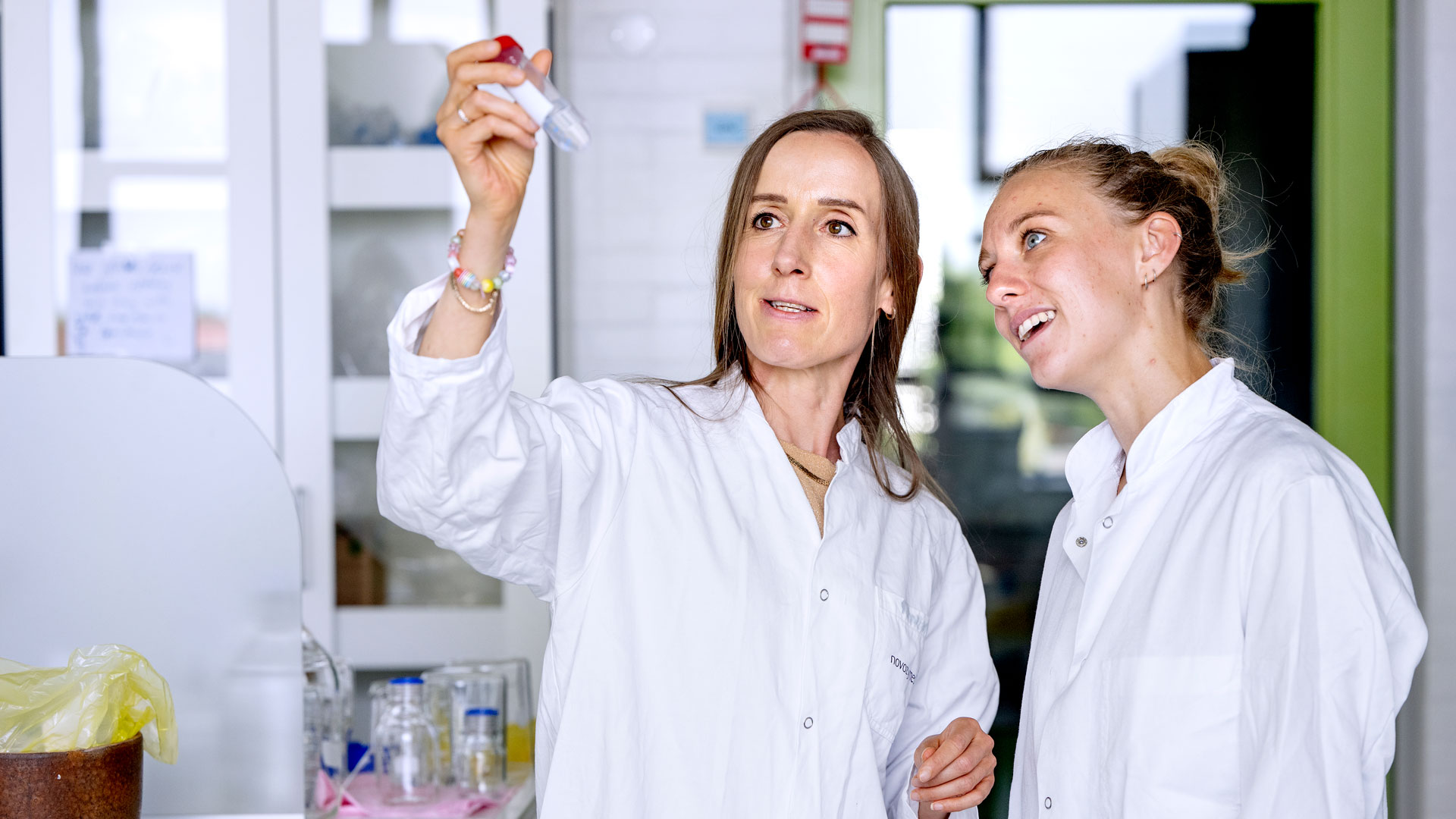Linker must be cleaved
The antibody is a key part of the ADC as it makes sure that that chemical package recognizes the cancer cell and is invited in. This happens via an antigen on the outside of the cancer cell. The antigen is unique in being present on cells that grow rapidly, which is the case for many cancer cells.
The antigen acts as a receptor, so when the ADC antibody meets the cancer cell’s antigen, recognition occurs, and our Trojan friend is ‘invited’ inside. Unfortunately, similar antigens are found in certain healthy cells that by nature grow rapidly, such as hair, nail and bone marrow cells, and these cells will perish if the ADC is let in.
So Katrine Qvortrup and her colleagues started looking at ways of ensuring that the toxic payload is only released in cancer cells and not in the other fast-growing cells. This involved taking a close look at the inside of the cancer cell, and how it differs from the inside of healthy cells. Perhaps they could spot a difference that could be used to make sure that the ADC is only activated in the cancer cell.
“For a linker to release the drug inside the cell, it must first be cleaved. Something needs to trigger the cleaving. Linkers can be cleaved in several ways, one method involving the use of enzymes. Encountering a certain enzyme, the linker opens up, and the drug is released,” explains Katrine Qvortrup.
Special enzyme in certain cancer cells
This led the researchers to take an interest in an enzyme called sulfatase, which is found in higher concentrations inside certain cancer cells. High sulfatase concentrations are usually seen in hormone-dependent cancers such as prostate cancer and certain types of breast cancer. Based on this knowledge, the research group designed a linker that is cleaved only when it meets sulfatase.
During the development of the linker, the researchers worked closely with the Finsen Laboratory, which is the cancer research department at Rigshospitalet in Copenhagen. The Finsen Laboratory was involved in testing the various versions of the linker that were developed until DTU researchers succeeded in achieving the desired properties.
“With our new linker, we have added a kind of extra level of security, which means that the ADC is first taken up by a fast-growing cell and can then only be triggered if sulfatase is present. This means that should the ADC enter a fast-growing, healthy cell, nothing happens because there is not enough sulfatase present. In this way, we target the drug even more precisely at the cancer cells, resulting in greater efficacy and fewer side-effects, because healthy cells are not targeted,” says Katrine Qvortrup.

